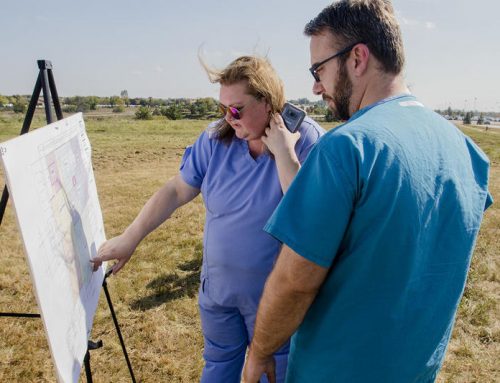PORTAGE — Dr. Timothy Ames had a traditional primary care practice for a quarter of a century, starting in 1987. He grew increasingly incensed by the bureaucratic obstacles being put in the way of doctors caring for patients.
So he went nontraditional.
At his new practice, he doesn’t accept insurance of any kind. He charges patients a monthly subscription fee for unlimited visits. He is available by phone, by text, after hours.
He explained the difference between the two approaches:
“In fee-for-service medicine, paid by insurance companies, there is a lot of emphasis on recordkeeping and billing codes. If all the bookkeeping is not done precisely right, insurance companies can deny or delay payment. That really just distorts the physician-patient relationship.
“In this practice, if it does good to talk to a patient for an hour, I will. If the very best thing is to see them today, I have the flexibility to do that. If a telephone call is helpful, I don’t have to worry about how to bill and code for a telephone call. It really allows me to think creatively about how I deliver care to my patients without worrying about how to document my appointments to meet the requirements of the insurance companies.”
Ames practices so-called direct primary care, also known as concierge or subscription medicine. Marilyn Carter, a spokeswoman for the Indiana Medical Association, called direct primary care an “emerging and evolving” niche in Indiana. About a dozen, or less than 1 percent, of the association’s 8,300 members work in concierge medicine. The nearest to Northwest Indiana are in Plymouth and Mishawaka.
Administrative burdens rising
The most recent update of the medical billing coding system increased the number of codes to 68,000 from 14,000. Plus, with the huge number of insurance policies, doctor’s offices now require large administrative staffs just to operate. That means they must see as many patients as possible in a day to pay for all that overhead.
Ames said the typical practice has overhead of more than 60 percent, has to see 20 to 25 patients a day and has a patient load of 2,000 to 2,500. By comparison, direct primary care offices have overhead of less than 30 percent, don’t need to see a set amount of patients per day, and have 500 to 700 patients.
In Ames’ opinion, the fee-for-service model lessens the quality of care.
“Patients are marched through the process with little ability on the part of doctors to think about what they’re really like or their needs,” he said. “Physicians have become accustomed to a system that leads to harsh and impersonal care.”
Because of the growing administrative burdens, many doctors are choosing to become employees of large practices or hospital systems. For the first time ever in 2016, less than half of doctors were independent, according to the American Medical Association. A 2016 study in the Annals of Internal Medicine found that doctors spend nearly twice as much time on record-keeping than patient care.
“I, under no circumstances, would do what I did in 1987, again: come out of residency and try to run small practice,” Ames said. “Accommodating insurance billing would require too much expertise and staffing. I would have found the overhead overwhelming.”
‘Small and unimpressive footprint’
Ames also doesn’t require much space. He rents a 400-square-foot office at the Porter-Starke Services building in Portage. He said a typical practice is about 1,200 square feet.
“This model of practice is designed to have a small and unimpressive footprint,” he said. “I don’t have any staff. They call, and I pick up the phone.”
Ames’ subscription is $20 per month for children, $75 for adults aged 51-64, and $50 or less for all other adults.
The one downside Ames sees for direct primary care is that students and new doctors working in it might not get the experience they need because the patient volume is so small.
Errol Gerstler, 64, a general contractor who lives in Portage, said Ames has helped him manage complex, chronic medical conditions that required numerous visits.
“Where can you call a doctor and he’ll meet you at 8 o’clock at night or call in a prescription at 8 o’clock or order blood tests for ya at 8 or 9 or 10 at night? It’s unheard of,” he said. “But that’s how his practice works. I think it’s the shape of medicine to come, it really is.”
Gerstler said the only drawback is that when he needs testing he has to go to a separate facility, increasing his own administrative burden. But it’s not enough to make him seek out a traditional primary care doctor.
“Where can you go for unlimited treatment for 50 bucks a month?” he said.




Leave a Reply